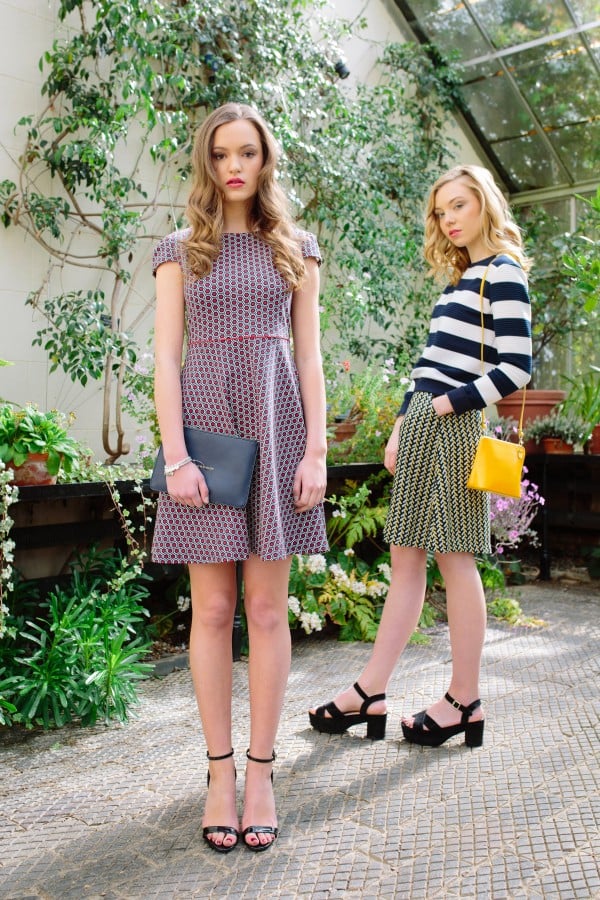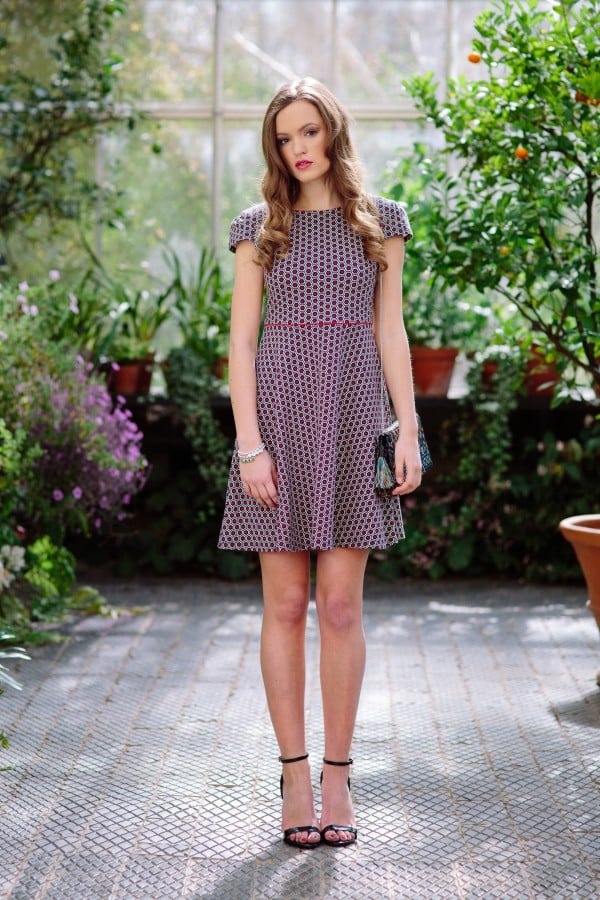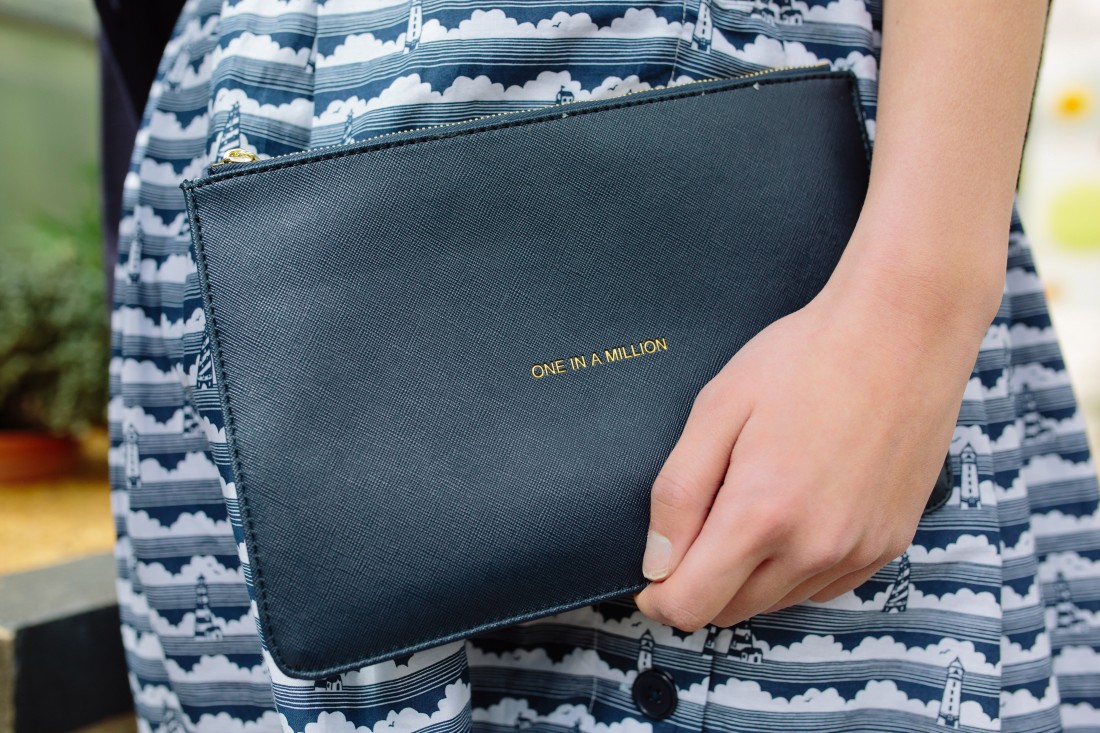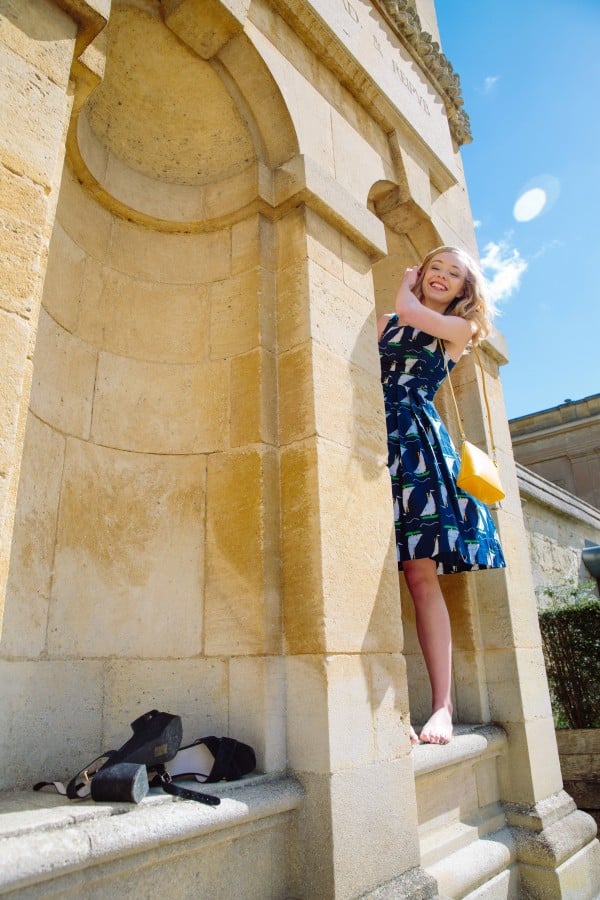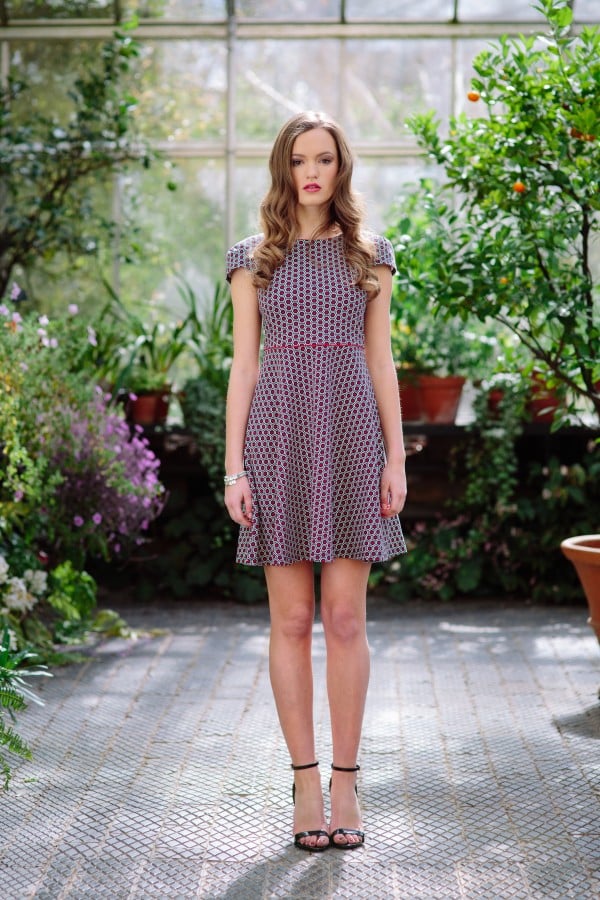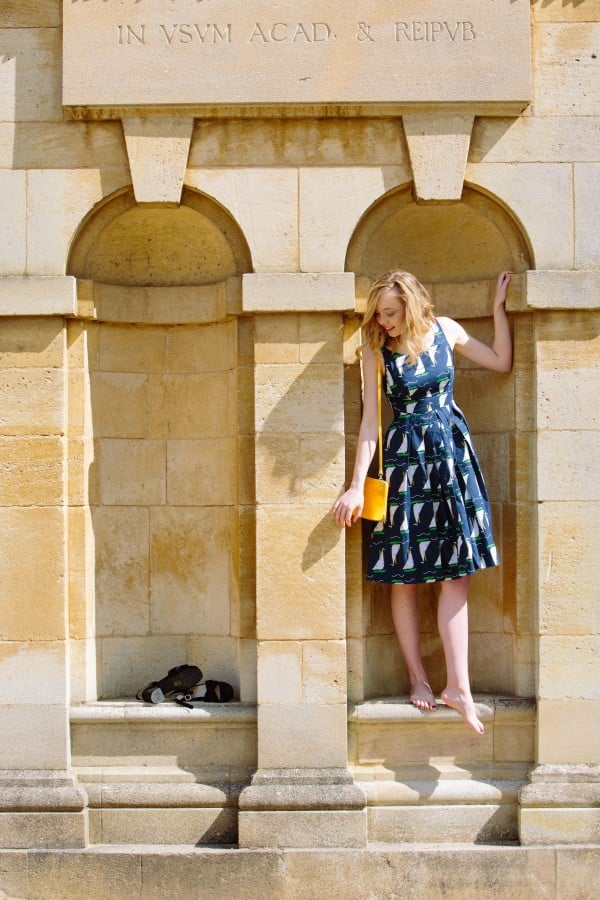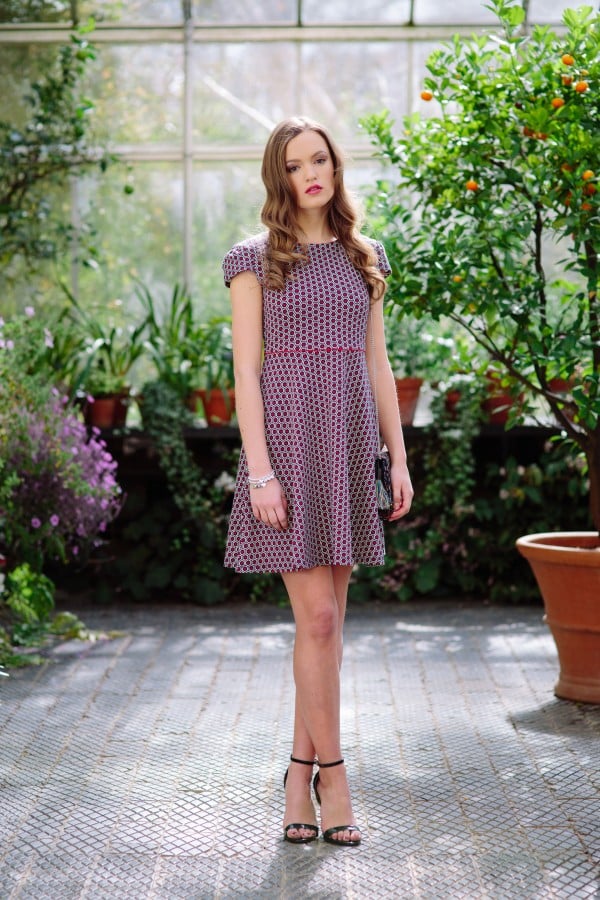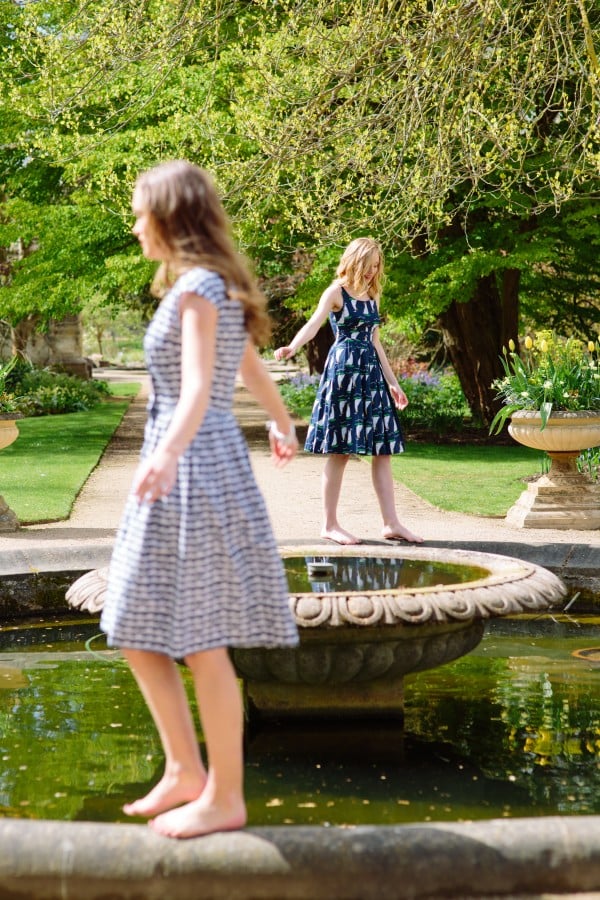In the run-up to Pistol Shooting Cuppers, the Cherwell decided to see what this sport is all about. The Cuppers are hosted by the Oxford University Pistol Club (OUPC) and are taking place in 3rd week. They are open to all levels of experience. The preliminary round is set for Thursday from 18:30 to 20:30 and the finals are to take place on Sunday from 10:30 to 13:30.
David Robinson, a member of the Team England National Squad and a holder of an Extraordinary Blue Status for Pistol Shooting (which is usually a half-Blue sport), has kindly provided the Cherwell with a taster session. The OUPC trains at the Cricket Schools, which are located at the Iffley Road Sports Center. The Cricket Schools are the building located next to the grandstand on the running track – if ever in doubt, the Iffley reception desk gives great directions.
Robinson told, Cherwell, “pistol shooting is a target sport that requires dexterity, a stable platform and a low resting heart rate in order to perform well. In essence you fire projectiles down range at a stationary target, at varying distances, at varying speeds, with a variety of firearms, depending on the course of fire. The aim is to hit the middle of the target precisely and accurately, shot after shot. Sounds easy right? But unfortunately it is not. It requires calm and patience to repeat the shot process time and time again.”
After a rundown of the safety rules and the anatomy of the air-pistol along with quick instructions on how to load one, Robinson let me have a go with a cartridge pistol, which contains 5 shots. Right away, I got a glimpse of what Robinson was getting at in his ‘pistol-shooting in a nutshell.’ As I tried to narrow down on the target, my hand was quivering – breathing properly and the correct stance helped remedy the situation. The air pistol that I used weighed approximately 1 kilogram, and my arm was not used to holding something while stretched straight right out in front of me. Once, in the correct position with my hand on my waist and feet shoulder width apart, I mimicked Robinson’s movements, with a deep breath in I raised the pistol. On the exhale, I tried my best to take aim by lowering the pistol and focusing on the front sight. Unsurprisingly I missed the target completely. A common mistake for a total beginner, like me, is to not keep the wrist stable when pulling the trigger and a desire to aim for the middle of the target; instead one needs to point at the base of the black circle on the target ring.
Robinson also told Cherwell that a common mistake for a novice is: “assuming a pistol with almost no recoil is like a .44 Magnum from an action film. By anticipating recoil, the shot path is likely to be off centre and probably not on the target at all.”
With a few more tips from Robinson, I managed to hit two of my shots within the 9-ring. In all the sport is very safe as long as all protocol is followed. The pistols must always be pointed down the range, and the club instructs anyone interested in the proper ways of safe handling of firearms. Having given the sport a go for about an hour, it is very easy to comprehend, but it is more complex than it looks. There are many minute details that one must keep in mind. Robinson put it well saying that it is easy to pick up and hard to master. He sees pistol shooting as meditation, and in a way it was a very calming experience. From the moment one raises the pistol to the moment when one follows-through the shot, it is just you and the target.
The air pistol shooting experience was completely novel and unique, but the club has so much more to offer. The club has a range of firearms in their armory. Due to safety regulations only air-pistols can be shot in the Cricket Schools. The club uses standard Olympic air pistols, black powder muzzle loaded revolvers, gallery rifles (similar to the leaver action rifles seen in Western movies) and lightweight sport rifles. With a vast alumni network, the club is always open to cultivating their members’ interests. In addition to this, members compete in all the disciplines listed and get to do so at ranges outside of Oxford the main one used is the National Rifle Association range in Bisley, Surrey. There are many opportunities to put one’s skills to the test. Members compete in county, national and postal competitions. There are also additional matches such as the past vs. present members, a town vs. gown, and of course the varsity matches, of which there are two.
The Smallbore Varsity took place in early March with Oxford taking a tight victory with a score of 2166 to 2157. The Smallbore Varsity match uses air pistols, such as the one that I got to try. The competition consists of 4 rounds of 5 rapid-fire shots, where the competitor has 10 seconds to aim and shoot their round, and of 20 precision shots also taken in 4 rounds with 20 seconds per round. The Fullbore Varsity involves gallery and lightweight rifles and has a long-standing tradition. The first Fullbore Varsity match took place in 1908. The Fullbore Varsity match is coming up in July and will take part during the historic Imperial Meeting in Bisley. The squad is just commencing training for this fixture.
What sets OUPC apart from other shooting clubs, such as clay pigeon or rifle, here at Oxford is the range of firearms that one can try out as a member and a chance to compete in a diverse range of disciplines and competitions. The club also offers annual trips to Switzerland to give members a chance to shoot real pistols and semi-autos. Robinson mentioned that the three clubs have a very strong relationship and many OUPC members give the other clubs a try as well based on their skillset. At the end of the day, the main difference is the type of target that you want to hit and the type of firearms that you want to shoot with.
As I have learned through my taster session, OUPC is a very welcoming club and encourages anyone interested to try it out. It truly is a unique experience – in comparison to other sports that I have done in the past, this one really forces you to be mentally tough and to have impeccable concentration skills. It was a great break in the day, because for the few seconds that I took for each shot, I had a chance to completely clear my mind. The club is all-inclusive with a very strong women’s varsity club and actively promotes safe recreational gun usage. If you are at all interested in giving OUPC, do check out their website or shoot an e-mail to the captain Kahhong Tai ([email protected]).




